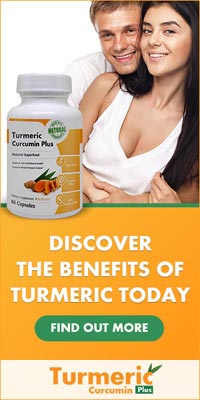In infants and toddlers, tooth decay is often referred to as Early Childhood Carries, or Baby Bottle Tooth Decay. Just like with adult teeth, baby teeth that are exposed to plaque, a stick bacteria that lives in everyone’s mouth, can become decayed, which could result in tooth loss or gum disease if not caught early.
Even though a child will eventually lose his baby teeth, having them removed too early due to tooth decay can cause your child problems with the formation of his adult teeth. Baby teeth hold the place for when a child’s adult teeth begin to form. Without the baby tooth in position, an adult tooth may start to drift from its natural position into the unoccupied space left by the missing baby tooth. When the tooth that would normally of taken that space begins to form, your child may suffer from crooked or crowded teeth that could require surgery or braces to correct.
In order to ensure this doesn’t happen, parents must take the necessary precautions to prevent Baby Bottle Tooth Decay from developing in their child’s mouth.
Baby Bottle Tooth Decay
Your child’s front teeth are the ones most often affected by Baby Bottle Tooth Decay, but other teeth in your child’s mouth can also experience decay.
While a number of factors can contribute to decay, the most common is frequent, continued exposure of your child’s teeth to sweetened drinks. When either a child or an adult eats or drinks something that contains sugar, the plaque in their mouth begins to produce acids that eat away at tooth enamel. Over time, the acids created by plaque can to create small pits inside of teeth where bacteria begins to pool, which eventually leads to tooth decay and gum disease.
Putting a child to bed with a bottle or using a bottle to pacify a fussy baby that contains a sweetened liquid, such as juice, formula, or milk, baths your child’s teeth in what basically amounts to plaque fuel for the entire night. This kind of prolonged exposure to harmful acids can quickly destroy the health of your child’s teeth.
The amount of plaque in a child’s mouth can very depending on how frequently they’re exposed to the bacteria by a parent or caregiver. For example, parents who place objects in their mouth, such as a spoon or pacifier, to quickly wash off the item prior to placing it back into their child’s mouth transfer plaque from their mouth to that of their child’s.
Children who don’t receive the right amount of fluoride may also experience an increased risk of developing tooth decay. Fortunately for parents, Baby Bottle Tooth Decay is easily preventable.
How to Prevent Tooth Decay
Preventing tooth decay from occurring in your child’s mouth means:
- Not sharing items that could transfer plaque from your mouth to your child’s during feeding. Also, after feeding your child, you should wipe their gums with a soft, clean washcloth or gauze pad.
- After your child’s first teeth begin to form, your need to gently brush them with a child’s size toothbrush. Until your child is old enough not to swallow toothpaste (this usually doesn’t occur until a child turns two), you should only use water when brushing.
- Between the ages of two and six, use a small, pea-sized amount of toothpaste with fluoride to brush your child’s teeth.
- Parents should continue to brush their child’s teeth until she can tie her own shoelaces. Children under the age of seven generally don’t possess the necessary manual dexterity or patience to brush their own teeth.
- Encourage your child to drink from a cup by his first birthday. Bacteria in your child’s mouth tend to thrive around the spouts on sippy cups.
- Only provide your child with a clean pacifier, and never with one dipped in honey or sugar.
- Schedule your child’s first visit to the dentist at a young age. The American Academy of Pediatric Dentistry recommends a child see the dentist by their first birthday, or following the emergence of their first baby tooth, whichever comes first.
.jpg)








0 comments:
Post a Comment